HOST SKIN INFECTION
Host skin infection (Engstler lab)
All trypanosomes infection start with a tsetse bite.
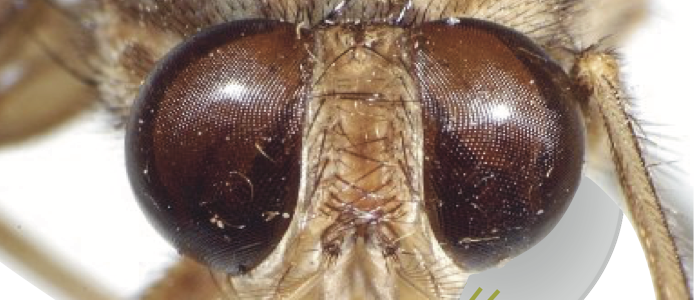
This hurts a lot.
How long the parasites stay in the skin is not known.
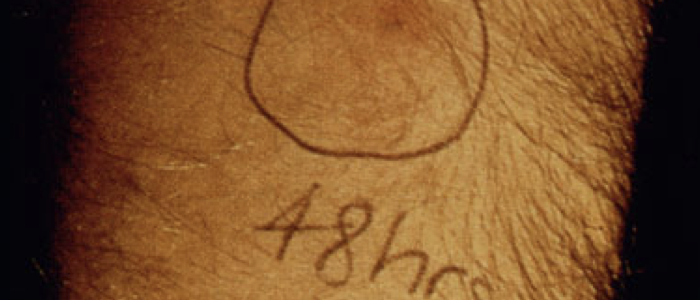
Neither is what they do there.
The skin inflammation is called trypanosome chancre.
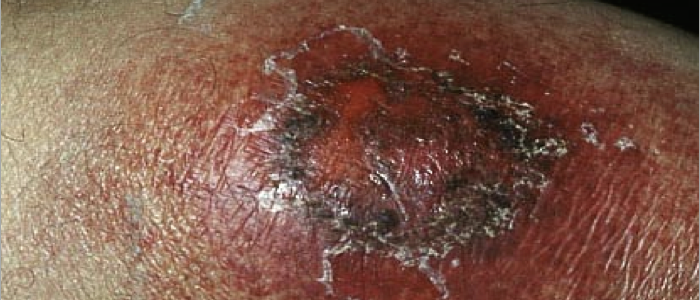
But it is does not occur in all infections.
Parasites in the skin.
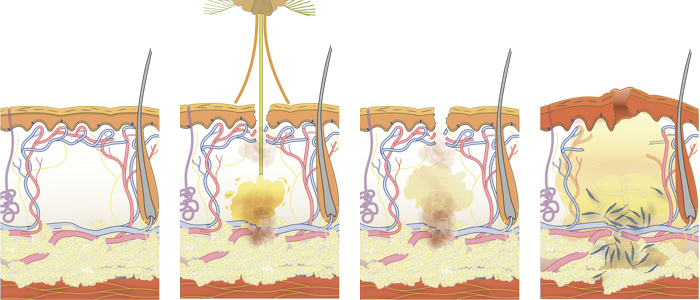
The natural vector transmission of African trypanosomes involves the deposition of the parasites into the host skin at the site of the fly’s bite. The inoculum from a vector challenge is complex, containing multiple factors – from fly and parasite – that modulate the host environment at the site of the bite. Thus, vector transmission differs significantly from experimental syringe passage. The fly has to salivate to feed, no matter if infected or not. Hence, tsetse saliva could be considered as a parasitic niche, and trypanosome development might be dependent on saliva-derived signals. Experimental approaches to host skin as first site of infection have been obstructed by the lack of appropriate animal models.
Tsetse and artificial skin.
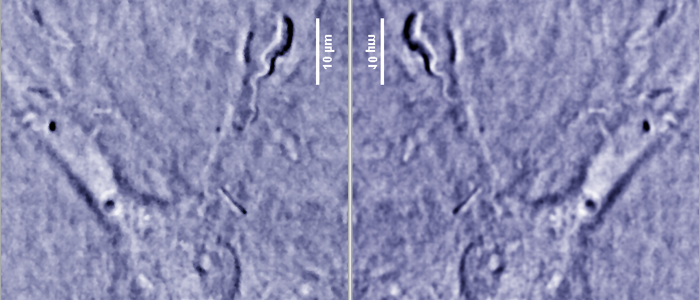
We have used our tsetse fly colony in order to infect artificial skin models in the most natural way, namely by the bite of the transmitting insect. As prove of principle skin models were exposed to infected tsetse and metacyclic trypanosomes were observed in the skin using a combination of high speed and high resolution (stereo)-fluorescence microscopy that allows visualizing the parasites in all layers of the skin model. An automated and fully environmentally controllable imaging platform has been established for this project.
Select publications

This is a new project and we are just in the process of publishing a first paper.
The work is funded by the DFG in the course of the RTG '3D Infect'.








